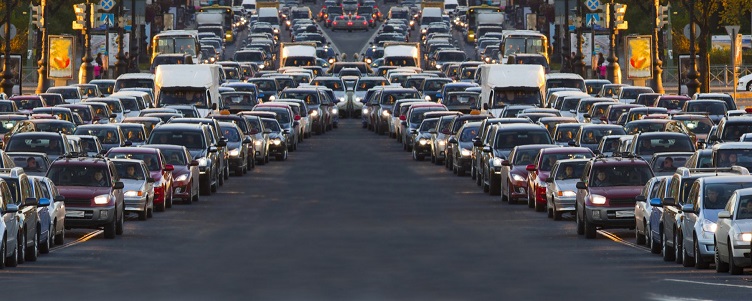Statistics show that the private car, when measured against the space it occupies, as the most costly and extravagant mode of transport from land use perspective. This stems from that fact that the average car is only in use for around 10% of time. The private car not only requires a parking space where it is normally housed (near the owner’s residence) but it also requires others at its intermediate terminals (e.g. workplace, shops, etc.).
Drivers usually assume that they will be able to park their vehicles within a reasonable distance of their final destination, accepting that sometimes, in congested areas, this might involve some time searching for a space. Drivers’ personal judgements of what constitutes an acceptable place to park vary considerably in terms of location, size of space and whether or not parking fees are charged. Judgements are influenced by the purpose and urgency of the trip as well as by individual attitudes and behaviour patterns. Drivers will also consider the security of their cars and their own personal security when choosing where to park.
The overwhelming increase in the use of private car has resulted in diminishing the social and economic benefits created by the road infrastructure. This is especially true in the Middle East region where a combination of cultural and travel behavioural factors and the low cost of motoring have resulted in excessive congestion in urban centres with the associated parking problem.
Therefore, managing stationary vehicles is as important element of Urban Traffic Management as managing moving traffic. An efficient parking management would not only reduce obstructions to the movement of other users but help reduce congestion and pollution resulting from illegal and inconsiderate parking.
Moreover, the use of parking controls is recognised as an essential traffic restraint tool, especially for journeys to Central Business Districts. Parking restrictions assist the safe and free flow movement of people and goods that help achieve a wider set of environmental, social and economic objectives.
It is important to note that the management of parking should not unnecessarily adversely affect the viability and vitality of the area under consideration. It is usually appropriate when designing a parking scheme to ensure a compromise is reached through provision of alternatives such as off-street parking.
Download PDF










